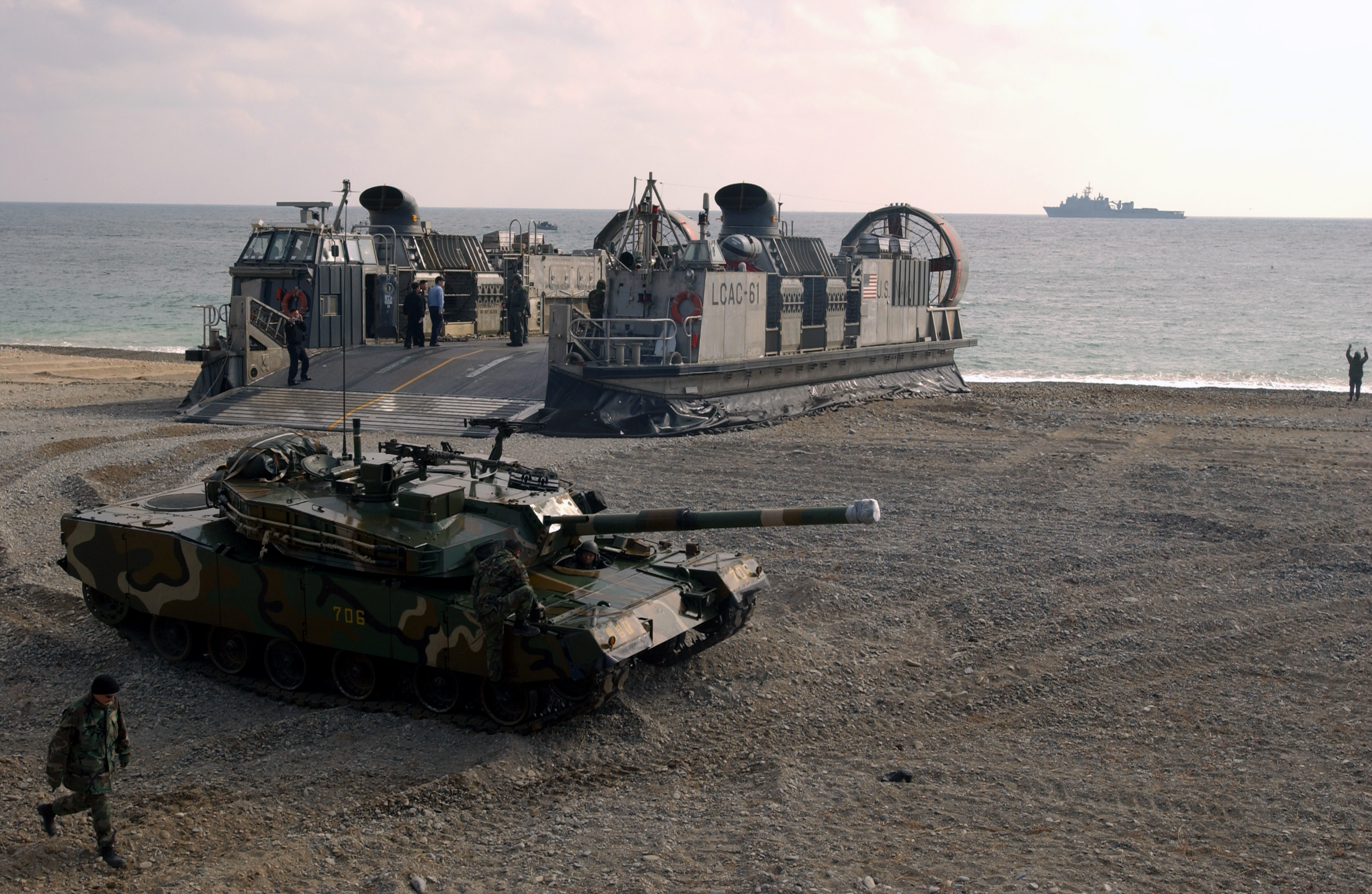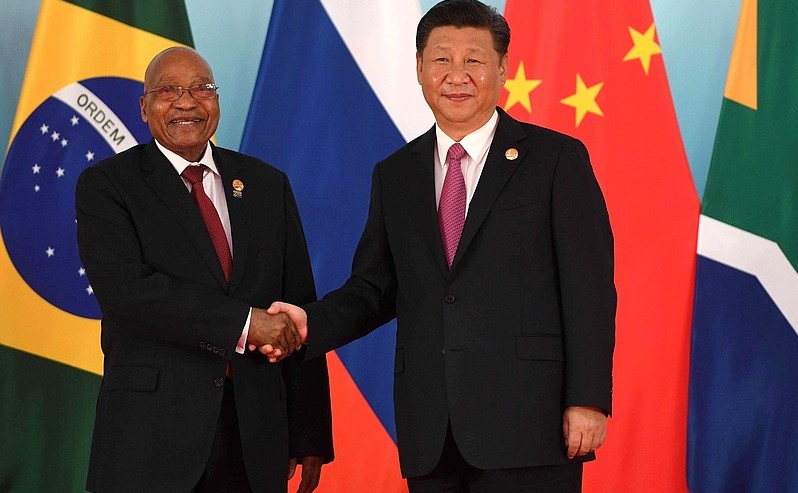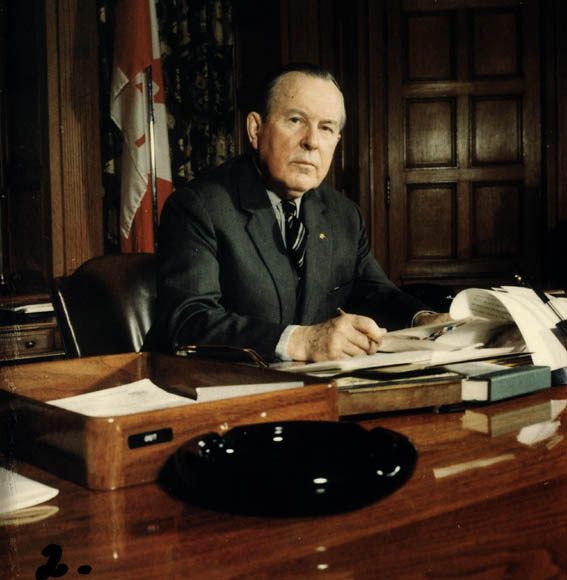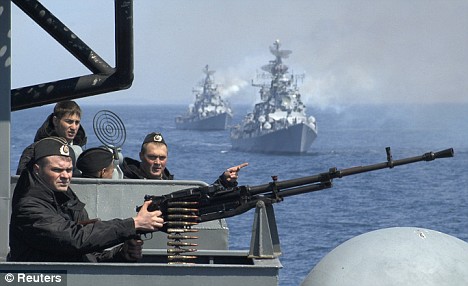With the entry into force of the Canada-Korea Free Trade Agreement (CKFTA) at the start of 2015, the Canadian economy is already seeing some gains, particularly with regard to agricultural exports. A temporary suspension of Canadian beef imports by South Korea due to the detection of cattle infected with bovine spongiform encephalitis (BSE) in February 2015 has been a setback for economic cooperation. but one which, given the strength of ties between the two countries, can easily be overcome. Defence cooperation has historically provided a solid foundation for the relationship.
Later in the summer, likely August, elements of the Canadian Armed Forces will participate in Ulchi-Freedom Guardian- one of the largest multilateral military exercises in the Asia-Pacific region. South Korean and American forces contribute the majority of troops to this exercise, which takes place annually on South Korean territory, and it is intended to simulate defensive operations against an invading force, most likely North Korea. The 2014 edition involved 50,000 South Korean troops and 30,000 American personnel. Next to the two founding countries of Ulchi-Freedom Guardian, Canada has been the largest contributor to this exercise, deploying 95 troops for the 2014 edition. This exceeds the level of commitment of other Pacific countries, such as Australia and New Zealand, but also participants like Denmark, France, Italy, and the United Kingdom. Continuing to meet this level of commitment in 2015 would demonstrate Canada’s deep interest in South Korea as a regional partner.
So far this year, Canada has been consistent in multilateral exercises related to security on the Korean Peninsula. In March 2015, a command post exercise known as Key Resolve, and a field exercise called Foal Eagle were held on South Korean territory. Although these exercises involved approximately 50,000 troops in total, Canada’s contribution of six staff officers and one observer ensured effective command and control during the simulated defensive operations and once again exceeded the level of participation seen among other Pacific countries.
Yet, there is one missing component to Canada’s defence cooperation with South Korea. While Canadian land forces are able to interact with their Korean and American counterparts and exchange best practices through Ulchi-Freedom Guardian, there are no opportunities for the Royal Canadian Navy (RCN) to train closely with the Republic of Korea Navy (ROKN). Foal Eagle does entail a maritime component, with five US Navy and Coast Guard vessels operating alongside three South Korean destroyers and maritime surveillance aircraft. The participation of an RCN vessel in this exercise might have allowed for a deeper exchange than the Rim of the Pacific (RIMPAC) exercise affords.

Through multilateral operations such as NATO’s Ocean Shield, launched in 2009 in response to the threat of piracy in the Gulf of Aden and off the Somali coast, RCN vessels may soon be serving alongside ROKN vessels over significant periods of time. South Korea has been an active partner in this operation, deploying the Chungmugong Yi Sun-sin-class destroyer ROKS Kang Gang Chan in April 2014 to patrol areas of the Indian Ocean. RCN participation in a future edition of Foal Eagle could help ease the learning curve as the ROKN becomes more involved in multilateral operations beyond the Asia-Pacific region.
As outlined here, the CKFTA builds on not only the deep social ties shared by Canada and South Korea but also active defence cooperation. The deployment of a robust Canadian force for Ulchi-Freedom Guardian 2015, and the presence of a Halifax-class frigate at Foal Eagle 2016 could send a strong message to Seoul about where Canada sees the partnership going.




